Apple Picking will not be Available for the 2025 Season.
A limited yield was expected this year but as particular varieties approached their ideal ripeness, virtually no apples were present. Learn more about the historic orchard
| Title | Hopewell Furnace |
| Park Code | hofu |
| Description | Hopewell Furnace showcases an early American landscape of industrial operations from 1771-1883, Hopewell and other iron plantations laid the foundation for the transformation of the United States into an industrial giant for the time. The park's ... |
| Location | |
| Contact | |
| Activities |
|
| Entrance fees |
|
| Campgrounds | Count: 0
|
| Places | Count: 6
Anthracite FurnaceThis hot blast anthracite furnace was built in 1853 as an attempt to modernize the iron making process. Instead of charcoal, it used anthracite coal mined in northeastern Pennsylvania as fuel. 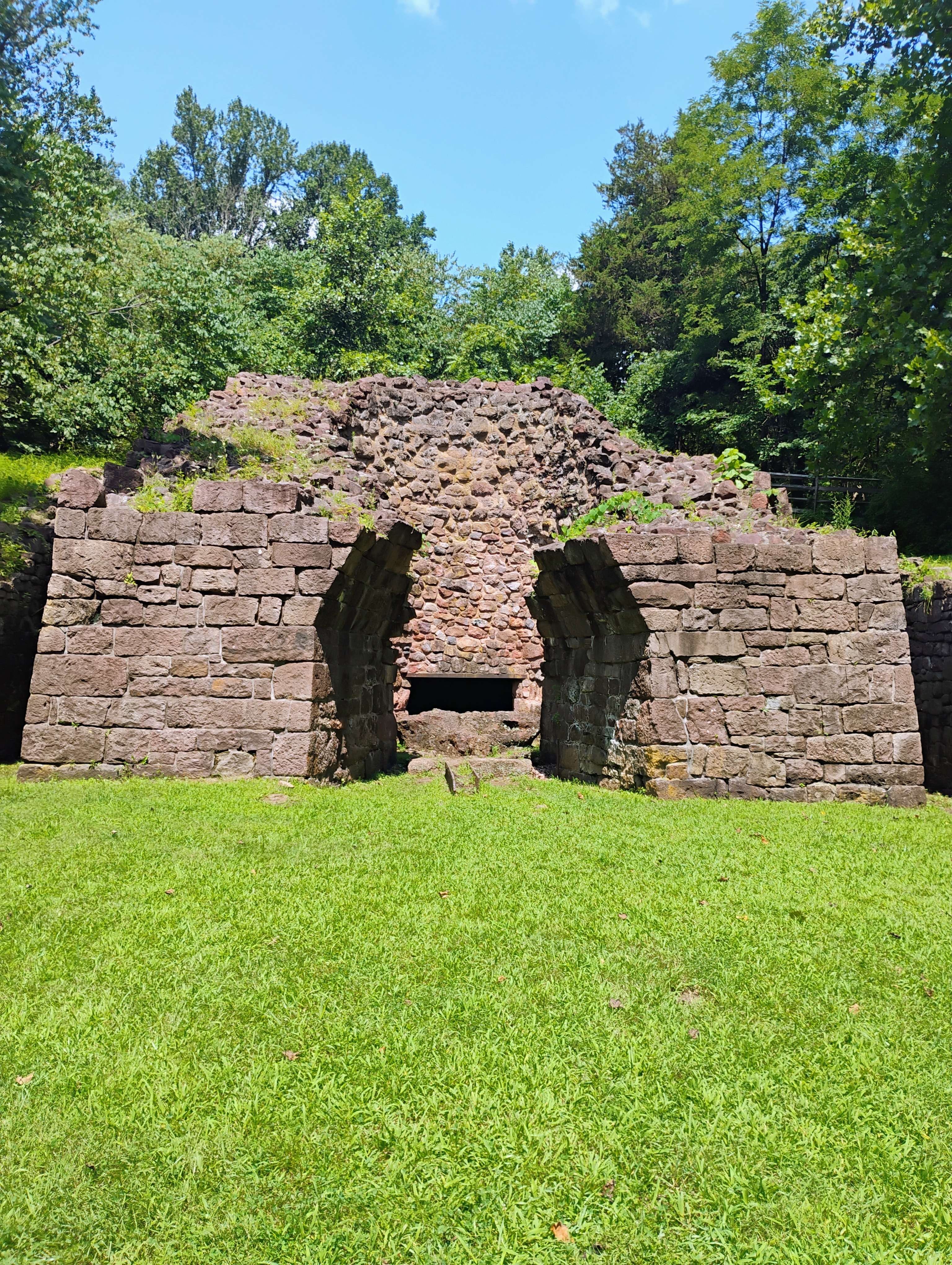
Apple OrchardThe earliest mention of an orchard at Hopewell Furnace is a 1788 Pennsylvania Gazette article highlighting the sale of the estate, describing it as "an excellent young bearing orchard of about 250 apple trees of the best fruit.” In the late 1700s at least one orchard existed on or near the furnace property including one in the general location of the present-day orchard. 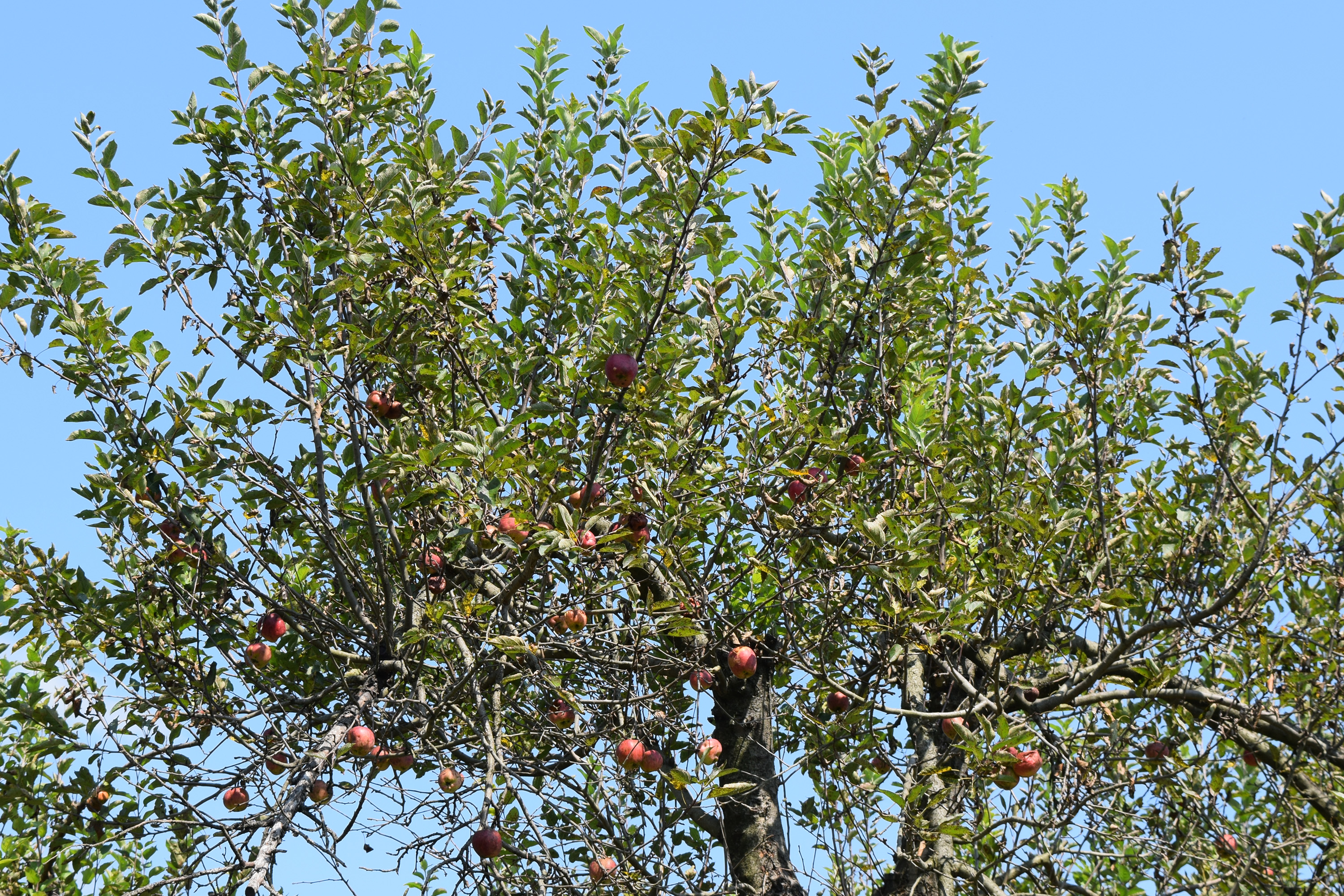
Blacksmith Shop - Hopewell FurnaceThe blacksmith shop was one of the busiest and most important places in Hopewell. The skill of the blacksmith in making and repairing iron objects made him a necessary worker at Hopewell Furnace and nearly every other community in America during the 18th and 19th centuries. 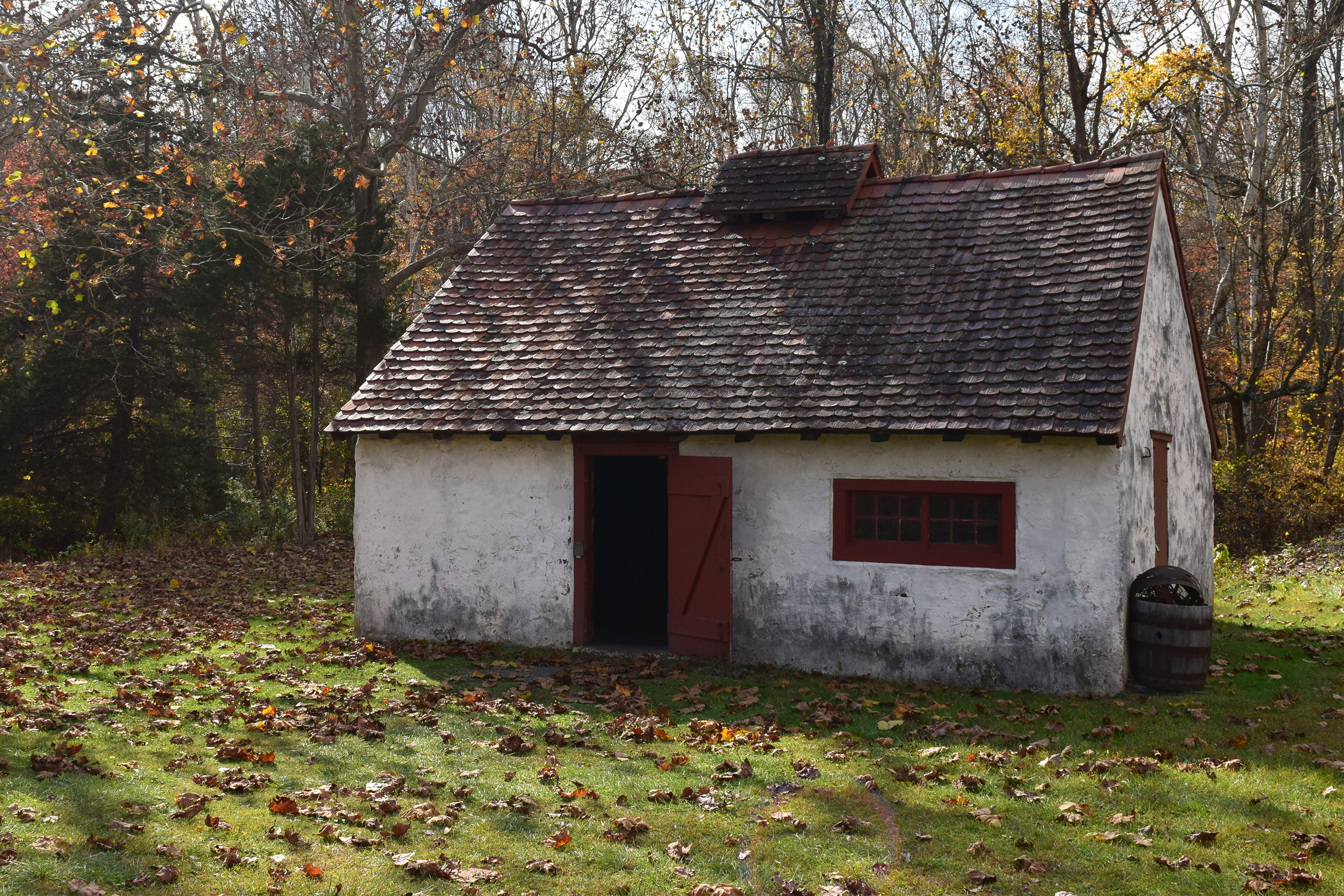
Hopewell BarnHopewell Furnace depended on animals to provide it with power and foodstuffs needed to maintain their business and themselves. Most animals related to furnace operations were kept in the barn. 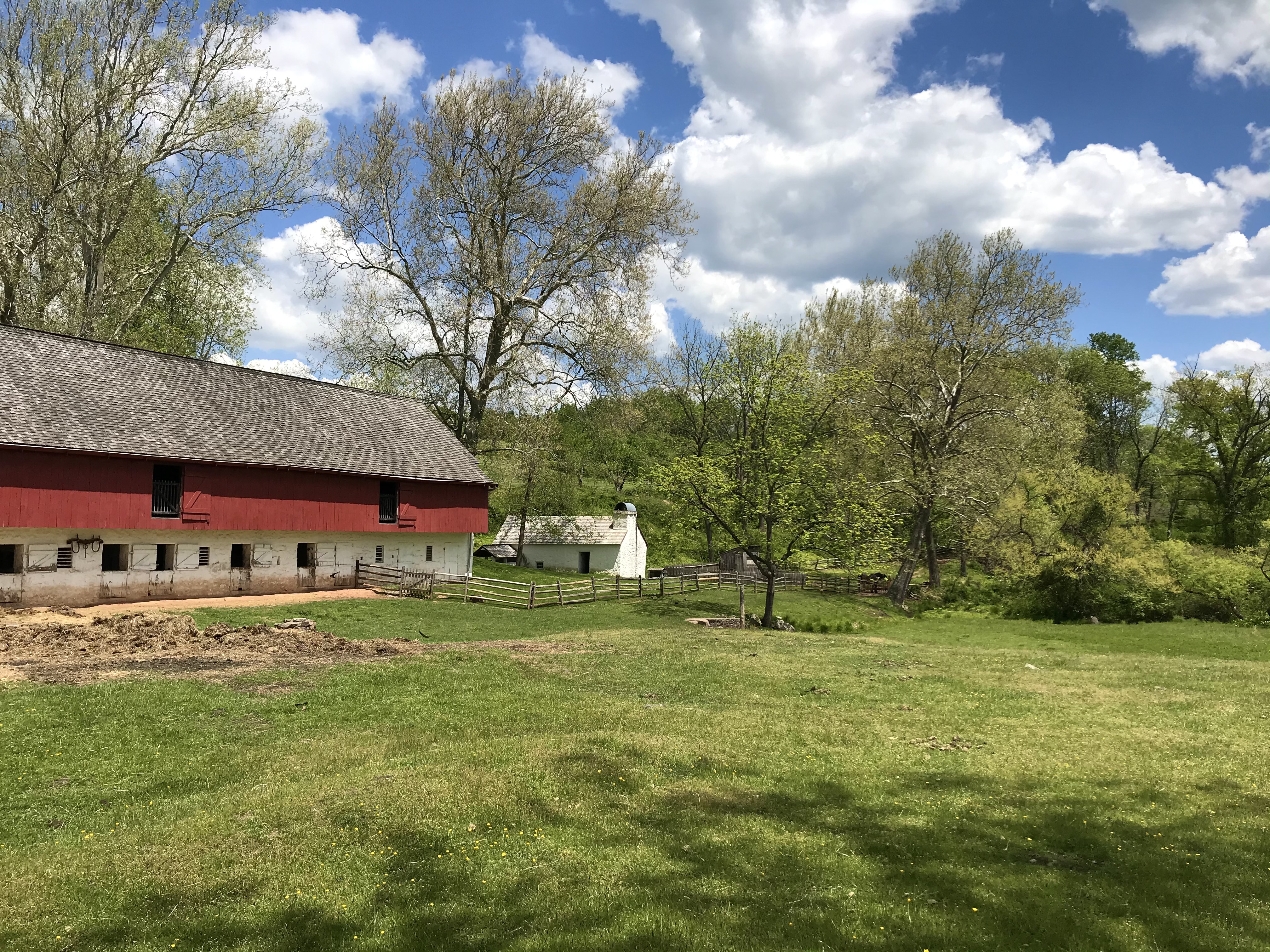
Hopewell Furnace Cast HouseThe Cast House encloses the charcoal blast furnace where all of Hopewell's products were produced. Powered by man power and a large water wheel, the furnace provided job that produced iron for a growing country. 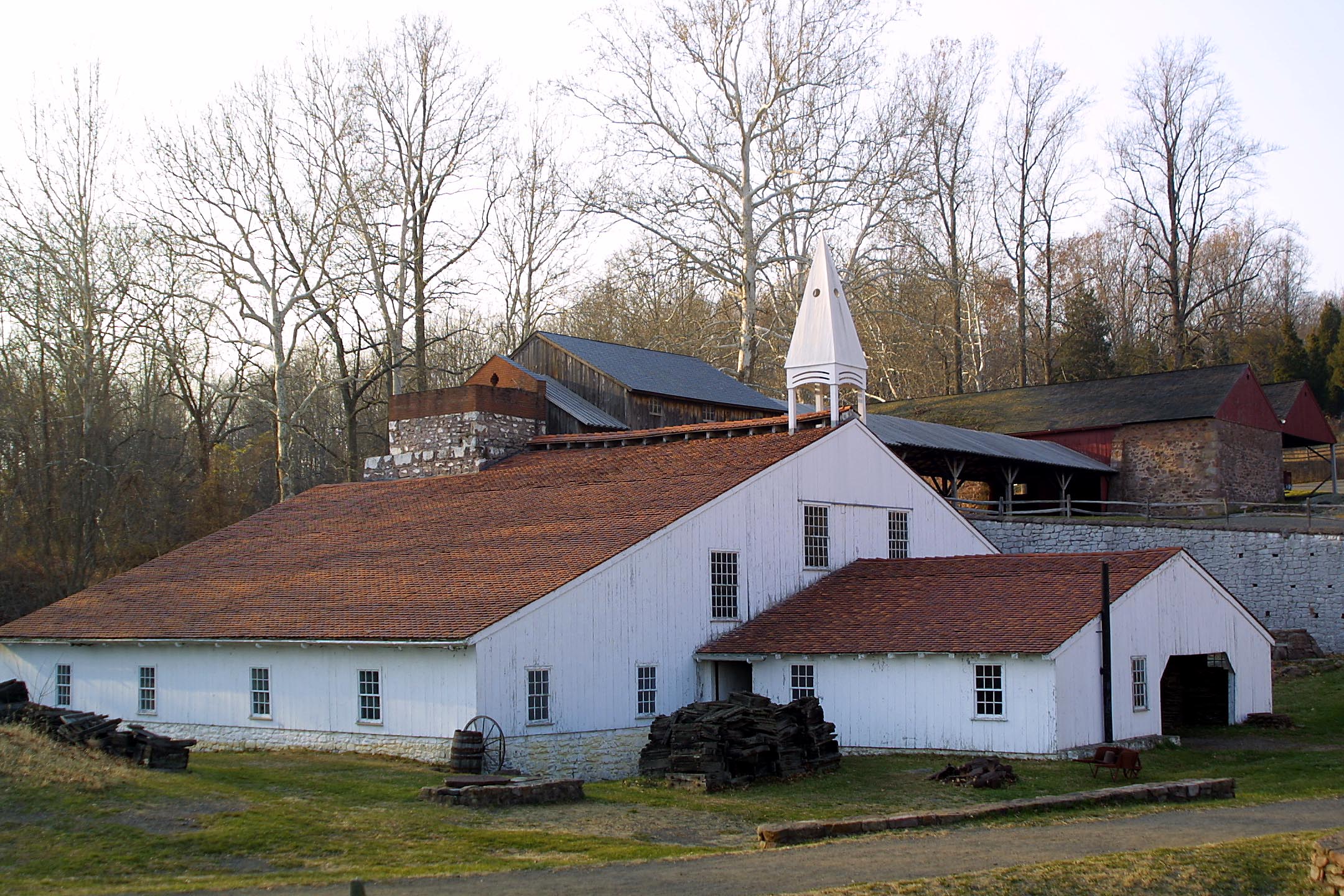
Schuylkill River Greenways National Heritage AreaThe Schuylkill River Valley National Heritage Area celebrates the Schuylkill River region for its cultural, historical and industrial significance. It was along the banks of this river and its tributaries that the American, Industrial, and Environmental Revolutions were born. From the Continental Congress to Washington's encampment at Valley Forge, the region played a key role in the American Revolution and more. 
|
| Visitor Centers | Count: 1
Hopewell Furnace National Historic Site Visitor Center - 2 Mark Bird Lane, Elverson, PA 19520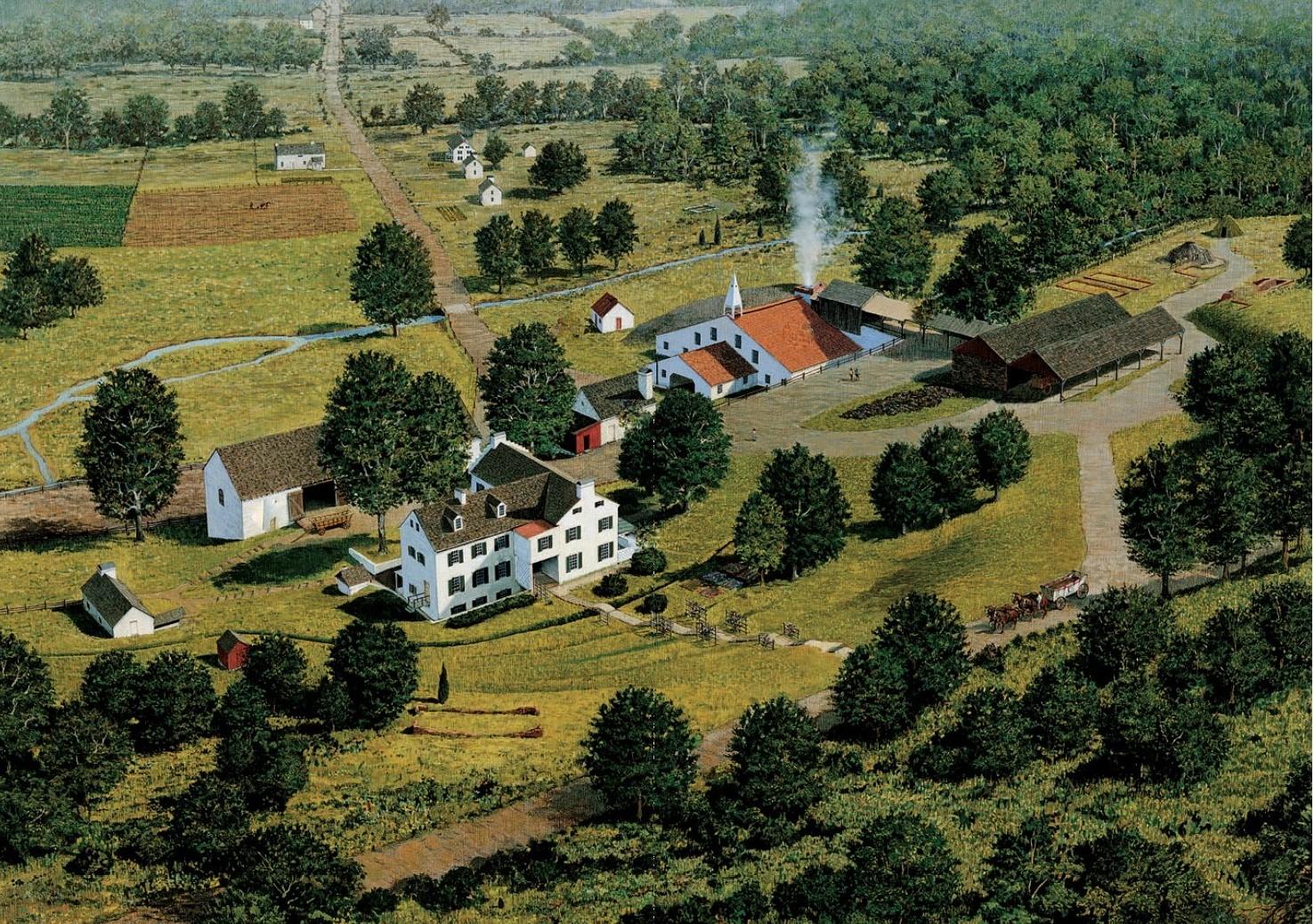
|
| Things to do | Count: 0
|
| Tours |
Count: 0
|
| Articles |
|